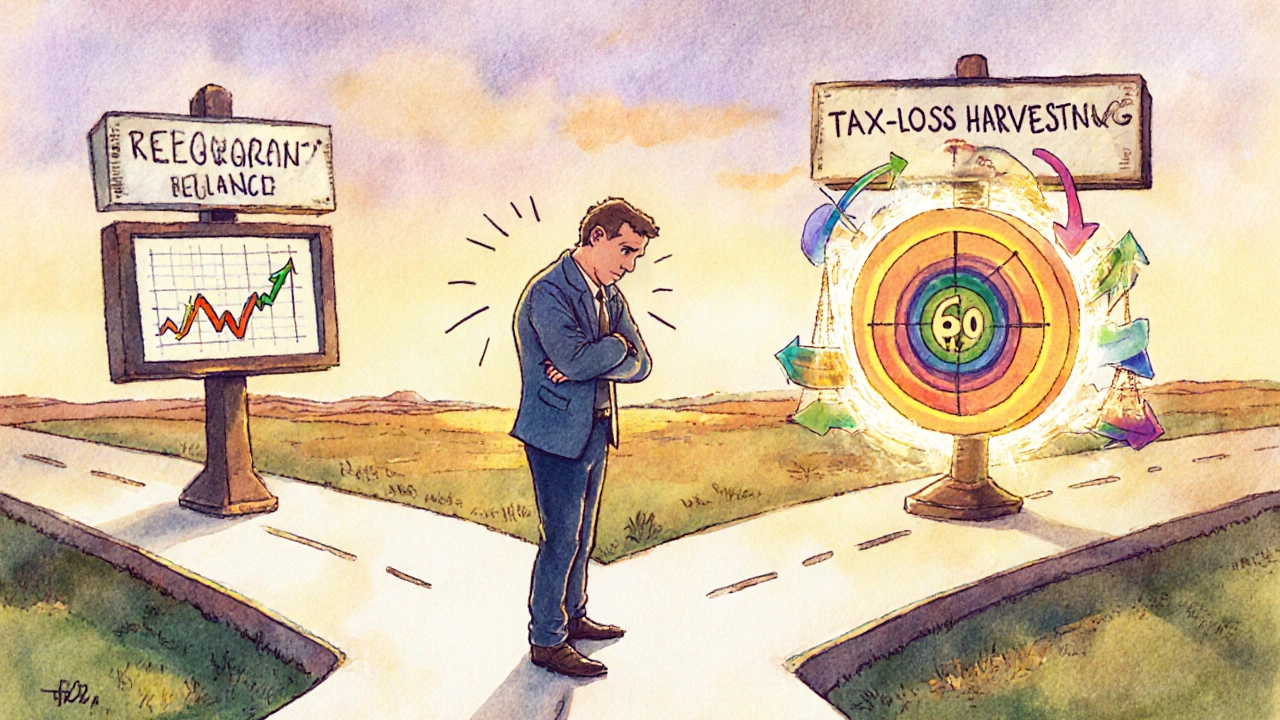After-Tax Returns: How to Keep More of What You Earn
When you hear someone say their portfolio returned 8% last year, don’t celebrate yet. What matters isn’t that number—it’s what’s left after-tax returns, the actual profit you keep after taxes are taken out. Also known as net returns, it’s the real measure of how well your money is working for you. Most people focus on gross returns because they’re easier to see. But if you’re holding high-growth stocks in a taxable account, or bonds in a Roth IRA, you’re leaving money on the table. Taxable accounts, regular brokerage accounts where you pay taxes on dividends, interest, and capital gains each year eat into gains fast. Meanwhile, Roth IRA, a tax-free account where your earnings grow and come out completely tax-free in retirement can turn modest contributions into massive after-tax wealth over time.
Here’s the simple truth: where you put your investments matters just as much as what you invest in. Asset location strategy, the practice of placing different types of investments in the right kind of accounts to minimize taxes isn’t fancy math—it’s basic housekeeping for your money. Put bonds and REITs, which throw off high taxable income, into tax-deferred or tax-free accounts. Keep low-turnover index funds and growth stocks in taxable accounts, where you only pay taxes when you sell. This one shift can add 0.5% to 1.5% extra return every year—compounded over decades, that’s tens of thousands of dollars. You don’t need to be a tax expert to do this. You just need to know which investments generate what kind of income, and which accounts shield them best.
And it’s not just about retirement accounts. Even if you’re not near retirement, your taxable brokerage account can be optimized. Selling a stock after holding it a year? That’s long-term capital gains, taxed at a lower rate. Selling too soon? You’re paying ordinary income rates—sometimes double. After-tax returns aren’t about avoiding taxes altogether—they’re about working smarter with the rules you already have. The posts below show you exactly how to do that: from how to structure your portfolio using asset location, to why some ETFs are naturally more tax-efficient than others, to how even small tweaks like partial rebalancing can cut your tax bill. No jargon. No fluff. Just clear, actionable steps to make sure you’re keeping more of what you earn.
Tax-Loss Harvesting While Rebalancing: How to Coordinate Moves for Better After-Tax Returns
Tax-loss harvesting while rebalancing lets you cut your tax bill while fixing your portfolio’s allocation. Learn how to do it right, avoid wash-sale traps, and boost after-tax returns by up to 1% a year.
View More